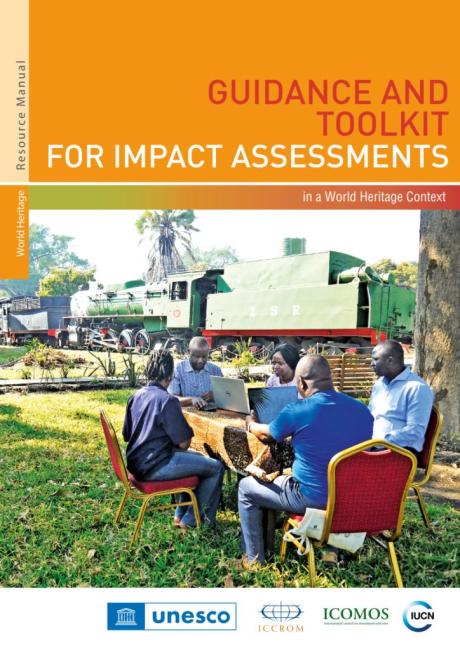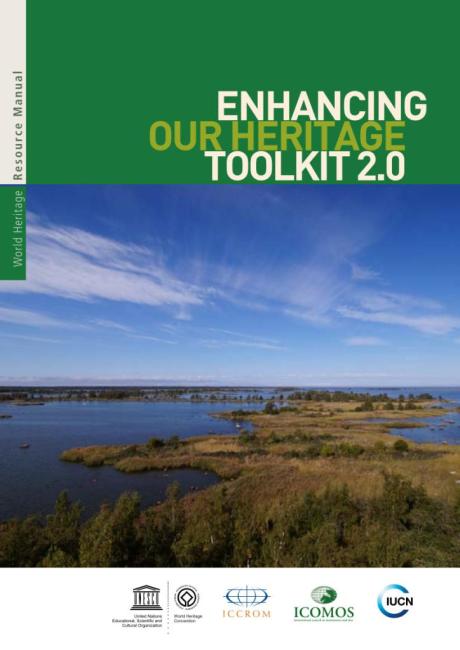Who is this manual for?
This manual has been written for anyone who is interested in understanding how to manage heritage places for future generations and to ensure they benefit today’s communities. While the content has an emphasis on World Heritage – noting that heritage places considered to be of Outstanding Universal Value (OUV) for humankind should set standards for better management of heritage in general – this manual is applicable to all heritage places, whether natural or cultural.
The content addresses the wide range of actors who contribute to the care of heritage places, both working within and outside of the heritage sector, encouraging greater collaborative efforts for increased effectiveness. However, managers of heritage places and their needs have been given particular attention: those whose day-to-day responsibility is to protect and conserve the heritage place, whether practitioners working on behalf of public institutions, private organizations, or associations representing Indigenous Peoples and/or associated communities. The fundamental task of heritage managers is to ensure that heritage places are conserved so that current and future generations can experience and benefit from them, both now and well into the future. The following pages provide an overview of current thinking about heritage within its wider social, economic and environmental context, and how this thinking can help improve management practices on the ground.
This manual provides a broad overview of heritage management in order to be useful for a range of heritage places around the world. However, the approaches suggested will need to be adapted to the particular circumstances of individual heritage places. Managers of heritage places facing specific challenges may need to look for additional information in other resource materials, namely the other manuals in this series, which focus in more detail on subjects such as preparing nominations, management effectiveness, impact assessment and disaster risk management (DRM) as well as other related manuals of the UNESCO
World Heritage Centre
The UNESCO World Heritage Centre is a technical administrative body within UNESCO, established in 1992 and appointed by the Director-General of UNESCO. It acts as the Secretariat of the
World Heritage Convention
The Convention Concerning the Protection of the World Cultural and Natural Heritage is an international treaty adopted by the UN in 1972 that defines the kind of natural or cultural sites which can be considered for inscription on the World Heritage List for their Outstanding Universal Value for all humankind. Commonly known as the World Heritage Convention, it establishes how the international community as a whole is responsible for
the protection of such heritage and sets out the duties of States Parties in identifying potential sites that may be eligible for inscription onto the World Heritage List and their role in protecting and preserving them. By signing the Convention, each country pledges to conserve not only the sites situated on its territory that have been recognized as being of Outstanding Universal Value, but also to protect its national heritage and to be involved in international efforts to protect, conserve and promote the heritage of humankind.
, is the focal point and coordinator within UNESCO for all matters related to World Heritage, and ensures the day-to-day management of the Convention.
. More specialized advice about conservation techniques is also available from the International Centre for the Study of the Preservation and Restoration of Cultural Property (ICCROM), the International Council on Monuments and Sites (ICOMOS), the International Union for the Conservation of Nature (IUCN), and various specialist organizations.



